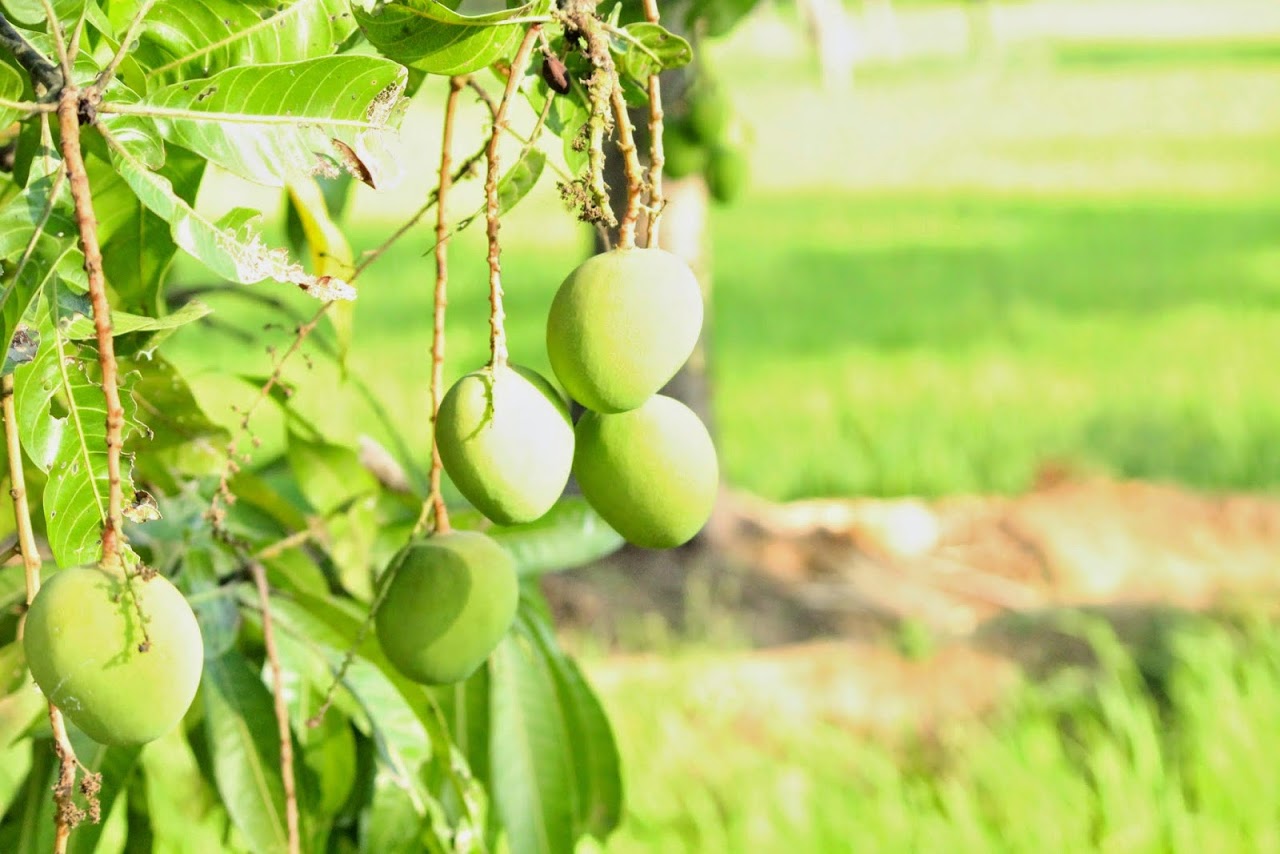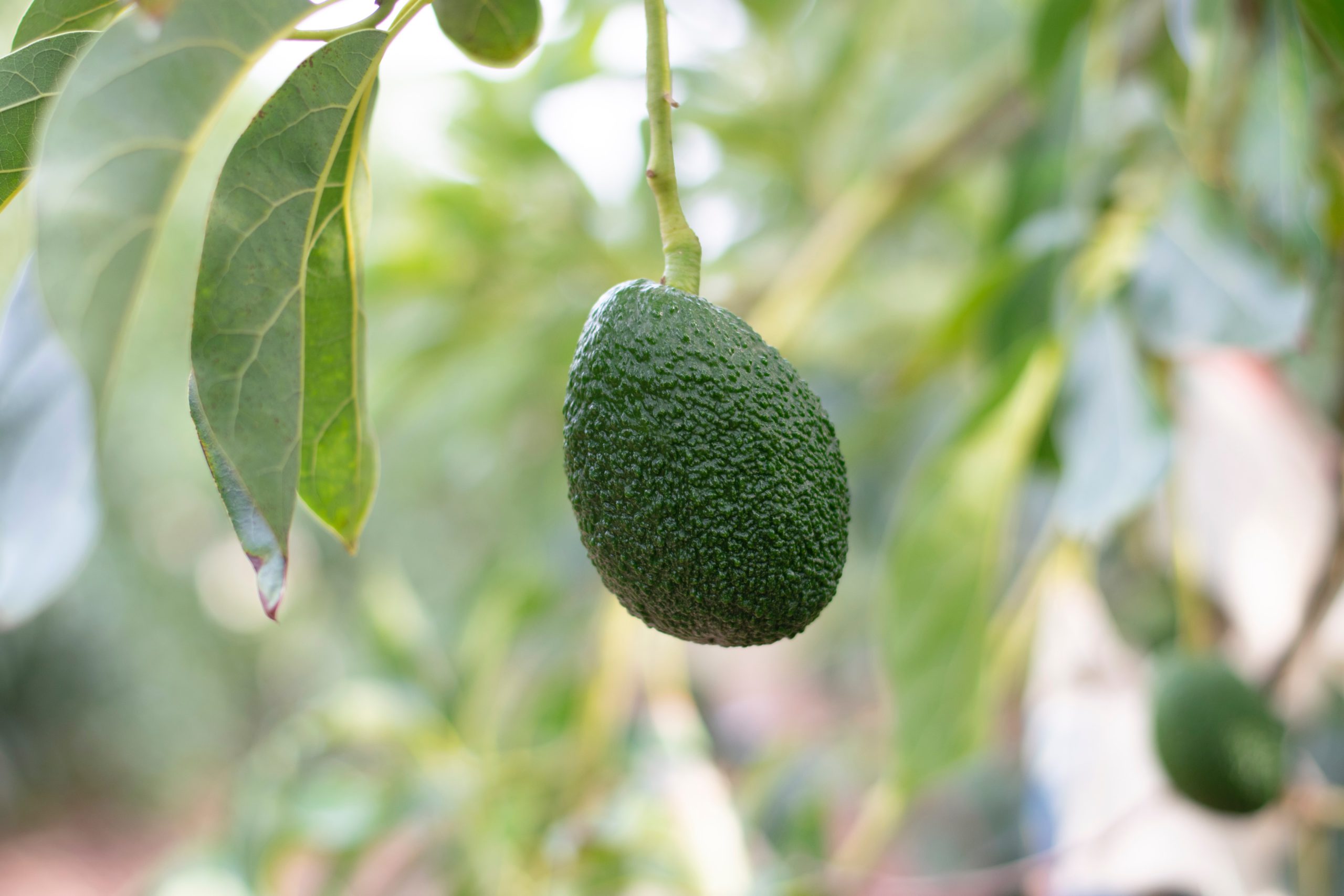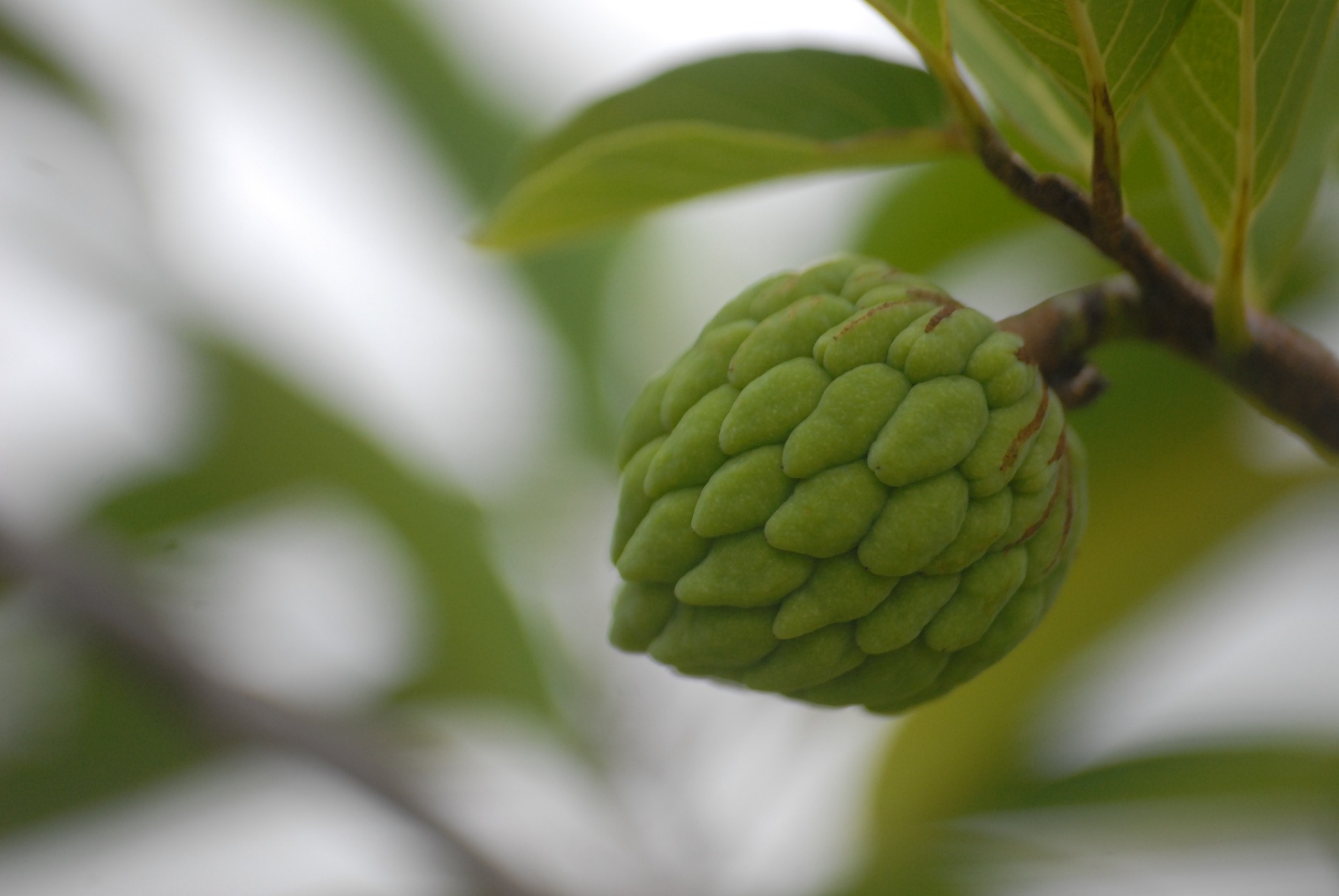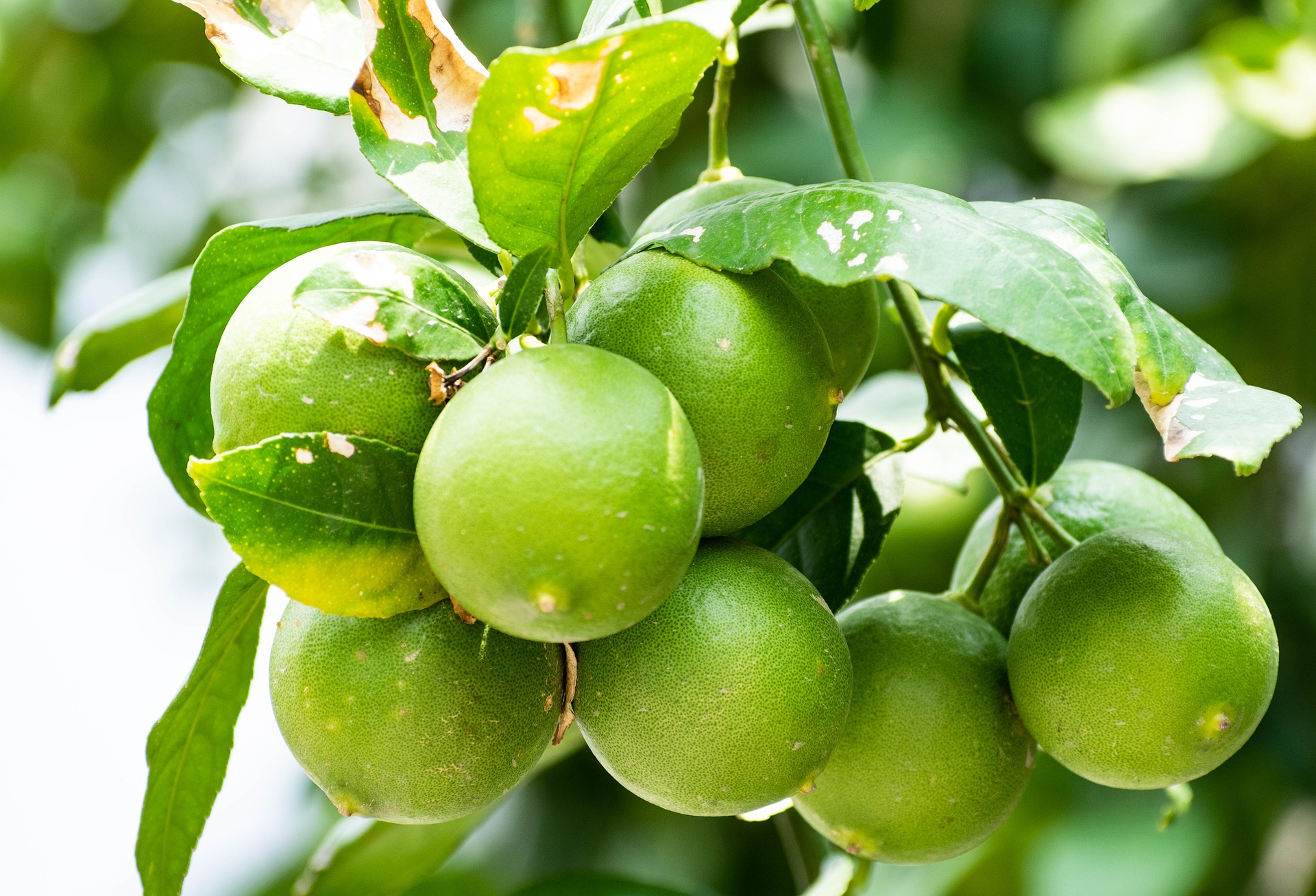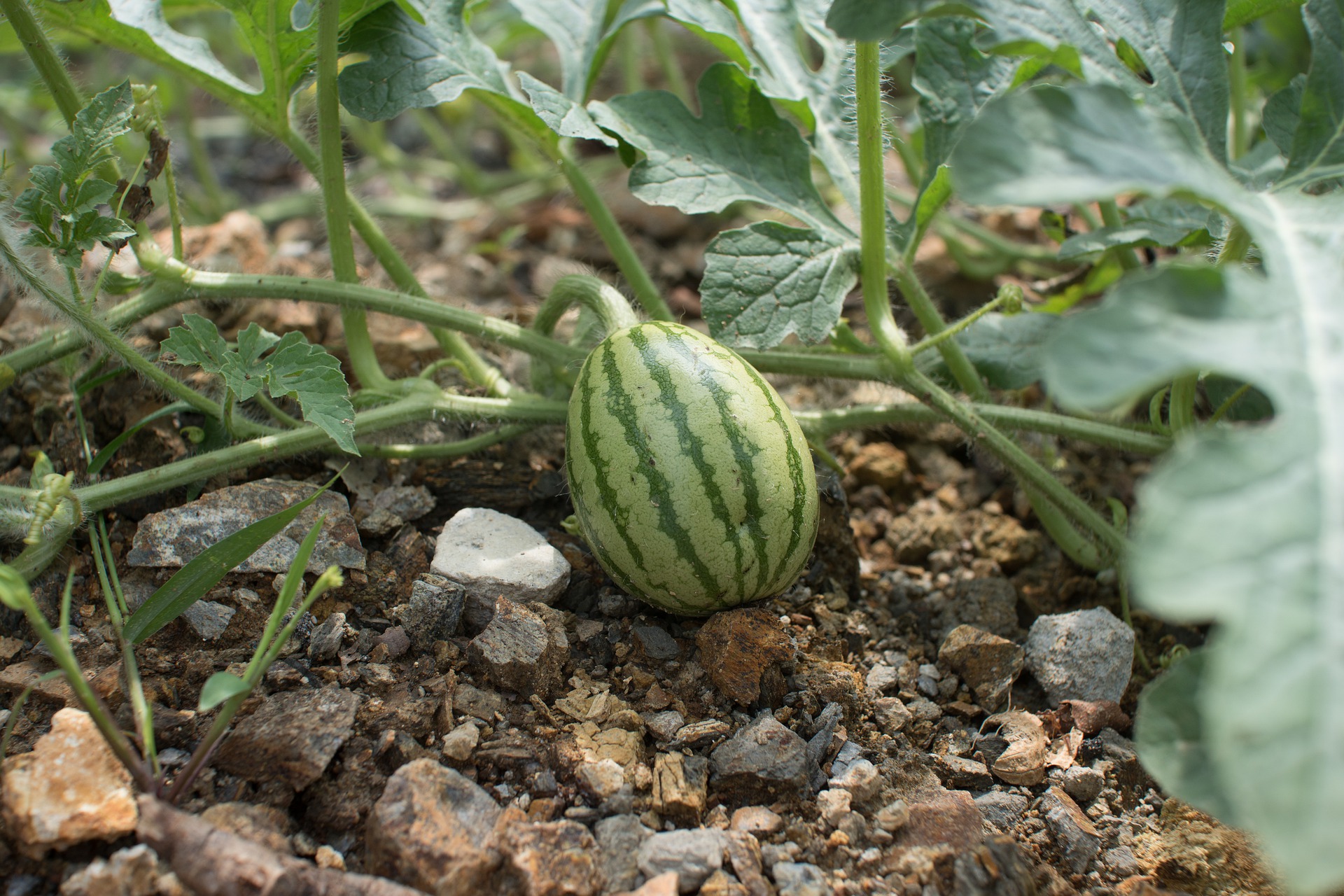Your cart is currently empty!

Indian Fig Cultivation – Anjeer Farming
Fig Farming is a considerably new trend in India. Farmers weren’t inclined to fig farming in India till 2009. The value of export in 2009 was 0.02 Million USD while in 2019 it was 0.84 Million USD. Still, a considerably low amount when compared to other countries like Turkey and morocco. India produces nearly 14,000 Tonnes annually while 306,499 Tonnes. The huge difference is closing slowly with the local production of figs. With the demand for figs locally, 12,000 metric tonnes of dried Figs were imported in 2019. This is a huge opportunity for local farmers to fill in the gaps and produce more figs to profit from the same
Figs are considerably easy crops to cultivate in India. With limited water requirement, Low pest and diseases problems, and long life of the plant itself, farmers can harness the opportunity to cultivate figs locally and benefit, financially and also overcome the limitations and scarcity of resources like water and soil problems.
Fig Contract farming
Figs are currently a high-priced product and it’s also fast perishing food produce (if not dried) in its fresh form. Figs have a shelf life of fewer than 24 hours when fresh and not stored properly. When processed or dried, figs tend to have a very long shelf life and the value of the product increases too. While it is possible to sell fresh figs in the local market, chances are that you will find lesser buyers if you have a higher quantity. Commercial farming of figs depends on quantity and the ability to sell them continuously. While most farmers do not have the resources to sell their products, it is important to rely on traders and of late, contract farming companies.
Contract farming companies assure the purchase of the figs produced on your farm for a set period. Farmers have assured a base price. If the price goes higher than the set price, the difference is paid too but if the price falls below the set price, the contract states that the buyers need to pay the bare minimum which is set on the contract. The farmers will be assured of what they get throughout their crops.
There are a few key factors in contract farming that are beneficial and sometimes a hurdle and increase initial cost.
- Plants to be purchased from the contract company: Contract farming companies insist that you purchase the plants from them. They set a price per plant and quote a price per plant. Fig plants from contract farmers are currently priced at Rs 400 per plant which is a huge difference from the price locally which is 60-100 Rs. The plants which are sourced from contract farming companies are high-yielding and come from reputed tissue culture farms.
- Guaranteed purchase: Contract farming practice is based on assured purchase for a set time. For fig trees, the usual contract extends to 10 years. The first year, the crops are not purchased at all, and the yield though low, will not be harvested. The second harvest commences after the 18th month and the purchases are from that year. A 10-year contract is usually very beneficial for the farmer.
- Set Base price: Farmers are assured of a base price. The base price may vary from company to company but most farmers are assured rs 90 per kilo of yield. This is a moderate price for fresh fruit and is enough to cover all costs from the second year and profit from the third. The profit depends on the yield and the farmer is required to take care of the produce and farm by managing irrigation and fertigation.
- Support and assistance: Farmers lack knowledge when it comes to a new plant or product. They could do with a lot of help from professionals and this is where contract companies are key to the success of the farmers. The knowledge of which fertilizer is used, when to fertilize, when to irrigate the crop and what diseases can affect the crop, and what pesticides to use are all taken care of by the company which saves a lot of hassle and pain for the farmers.
Top Indian states where Fig cultivation is emerging
Fig can be cultivated in almost all kinds of soil and all-weather. Fig tolerates weather as low as 8 degrees to 45 degrees. The only concern for figs is excess rains or water. For areas where rainfall is very high, figs will suffer from fungal diseases and root problems. There are no other problems or diseases or conditions which are required for fig farming. This makes fig farming possible in almost all parts of the country save a few. Kashmir and colder areas should avoid cultivating figs. Areas with high rainfall too should be avoided. Parts of Kerala, some parts of Karnataka, and hill stations should avoid fig plantations.
Contract farming of figs in Rajasthan
- Fig Farming in Punjab: Punjab is one of the most fertile areas in India with a huge cultivation output every year, year after year. From wheat to vegetables and fruit trees, there is a wide range of cultivation happening in Punjab. Off late, a few farmers have taken up fig farming in Punjab with some success. Farmers have earned up to 2 Lakh per year from fig farming while other crops like wheat and corn had failed in their land. Fig is turning out to be a crop of choice for some farmers in parts of Punjab.
- fig farming in gujarat. Gujarat is a dry area with weather ranging from high 45 to low 5 degrees in some parts. Fortunately, the fig accommodates these weather conditions and requires only a little water. This enables farmers from Gujarat to cultivate anjeer . Anjeer also has a good market as fresh fruit in Gujarat and is known to locals. This adds value to fig farming as local consumption is good. The prices of fresh figs range from 100-150 rs per kilo and are a successful crop.
- fig farming in karnataka. Karnataka is one of the largest commercial cultivators of food crops. From fish , rice, vegetables, and mustard or sunflower, karnataka is known to have farmers who are succsfule in their crops. Its the weather and the availability of good water apart from the soil condition which allows many farmers to cultivate lucrative crops. While coorg and parts of karnataka bordering kerala are known to be the best areas for cultivating spices, Figs can be grown almost anywhere else. Karnataka has shown a good interest in fig farming lately , specially in dry areas . Bangalore is a good market which enables farmers to sell their produce fresh or dried.
- fig farming in Tamil Nadu: Tamil Nadu is known for its arid weather conditions, poor rains, and often high rains. There is no winters in most parts of tamil nadu and there is no chance of frost. Occasional cyclones and heavy rains in odd seasons are a problem but these are rare incidence. With fig cultivation, the requirement for minimal water and good soil makes tamil nadu government to promote figs as a crop in many parts. Apart from having a good market in tamil nadu itself, nearby states like karnataka and Kerala too cater to their produce. To make things a bit more interesting, Tamil Nadu has a very low labor cost.
- fig farming in maharashtra: Maharashtra has a wide range of weather conditions and is known to be a financial hub of india. Mumbai is a great market for literally any product and Pune is known to produce some of the best crops which cannot be cultivated in normal places like strawberry. Fig farming is taking a bit of interest in remote Maharashtra and farmers are getting a decent profit from their produce. The big plus for farmers is a great market in Mumbai.
- fig farming in Rajasthan: Rajasthan has a lot of limitations and not every crop grows here. Unlike many parts of india, Rajasthan has an arid weather condition with limited water resources. Fig, Dragon fruit and some exotic plants and vegetables. Though in its initial stages, Fig is taking some good interest in rajasthan.
- Fig farming in Kerala: Kerala is known for its tropical weather and nearly rainforest like environment. With lakes slashing the state in various ways, its rich in every way. Fig cultivation is not a primary crop yet in most parts of Kerala and the possibility of fig farming in the near future is low. Some parts of Kerala bordering Tamil nadu is an excellent area for fig farming, but unfortunately, there is no good market for fresh fruits in the market today except for some cities like Kochi.
fig farming Yield and profit in India
An acre of land could accommodate around 400 fig plants. Each plant gives a yield of approximately 6 KG per year. Not a very huge amount but when you have one acre of land with fig cultivation you are looking at approximately 2.5 tonnes of fresh figs every year.
The cost? Well, it depends where exactly you are, the cultivar or variety of the plant, and what conditions exist currently on your farm.
Recent Categories
Recent Posts
Post Archive
Category Tags
There’s no content to show here yet.

